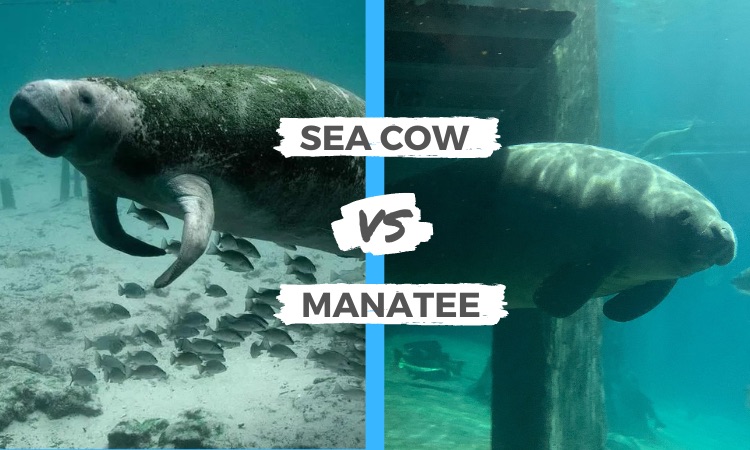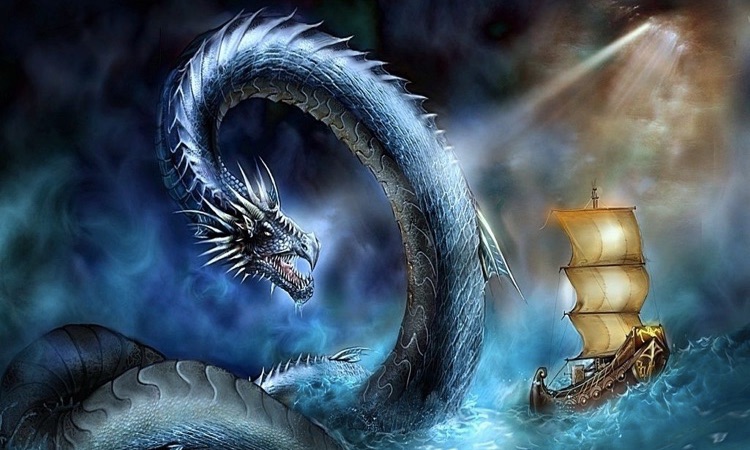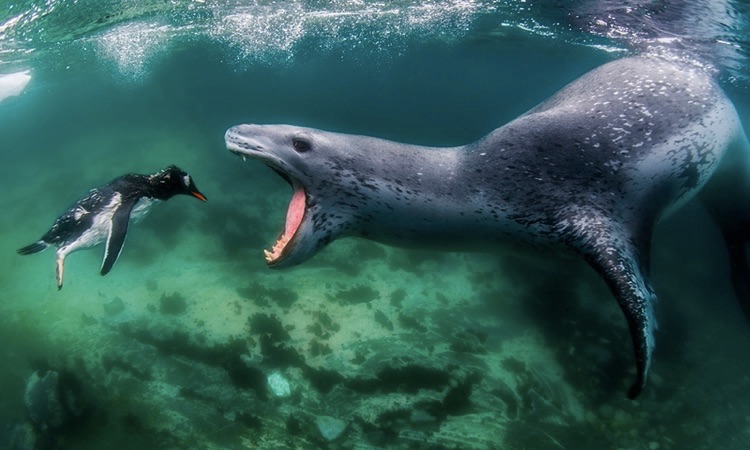The bonnethead shark is a tiny hammerhead shark species. It primarily inhabits the littoral zone of the North Atlantic and Gulf of Mexico.
The shark’s scientific name, Sphyrna tiburo, comes from the sharp point on its head. The Greek word for “hammer” is sphaira. They are a member of the hammerhead shark species and are among the smallest.
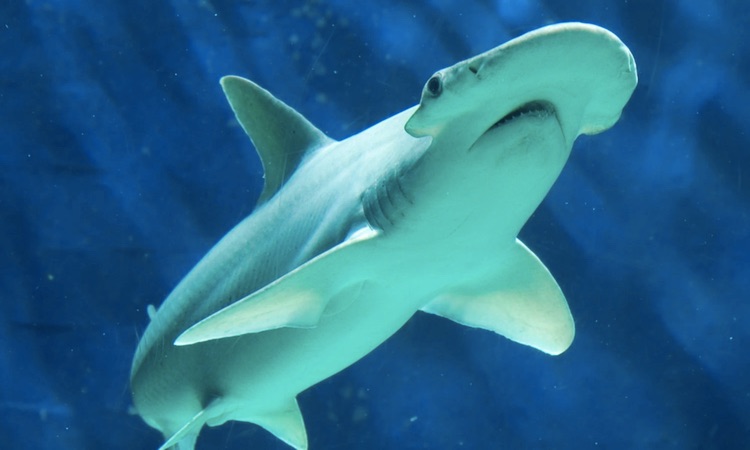
Quick Facts
- The average lifespan of a bonnethead shark is 16-18 years.
- They have four to sixteen pups at a time.
- They thrive on sea grass.
- They are the only shark that is omnivorous.
- They are sexually dimorphic
- By their broad, shovel-shaped heads, the bonnet head shark is easily identified.
Appearance
The shovel-shaped head of the shark is distinctive. The body is grey-brown on top and white underneath, which is typical of big marine creatures with countershading.
Occasionally, the shark’s flanks may have darker markings. The shark grows to a length of about 3 feet. Larger specimens have been documented up to 4.9 feet in length.
The shark species is the only known example of a sexually dimorphic head shape, according to researchers.
The heads of adult females are rounded, and those of males are more angular. They have a distinct bulge on the front part of the cephalofoil. It appears around the time when individuals are reaching sexual maturity.
Bonnethead Shark: Habitat
The majority of bonnethead sharks dwell on the coasts of North America, in the Atlantic and Pacific seas. They like regions of the worlds’ oceans that are approximately 70 degrees Fahrenheit or 20 degrees Celsius.
The white shark is found in all of the world’s oceans, from New England to Brazil. They may be found throughout South America, including southern California and northern Peru. The shark spends the majority of its life in estuaries and bays that are less than 10 meters deep.
Bonnethead sharks are solitary animals that live in groups of five to fifteen individuals. Similar to dolphins which travel in pods, they also move around in large groups. The sharks move with changes in ocean temperature, and the bonnethead has to keep moving or it will sink, as do all shark species. It is one of the most negatively buoyant marine creatures.
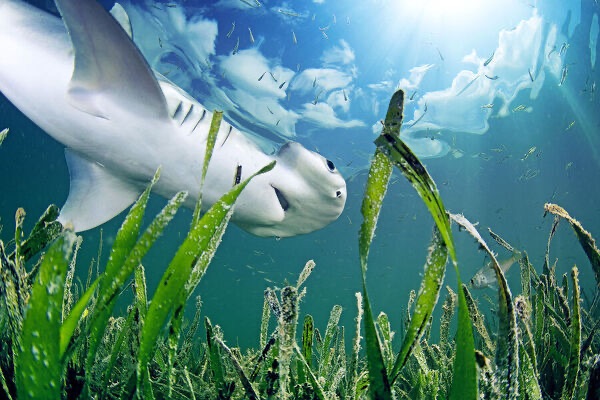
Diet
The bonnet head shark is the only known omnivorous shark, and it’s tasty. It consumes blue crabs and other crustaceans, as well as tiny fish, mollusks, and shrimp.
The scalloped hammerhead shark is so sensitive to disturbances that it can detect the smallest movements in the water and track them down. When a crab is captured, the sharks use their teeth to crunch it before suction allows them to suck it down.
The teeth of a shark are small, pointed in the front and flatter in the back. They employ these backward molars to crush their prey, such as crabs’ shells.
The blue crab’s carapace is sharp and can cause harm if eaten, so the golden mantled sea lion must hunt for other prey. Golden mantled sea lions also eat plants in order to survive.
They consume a significant quantity of seagrass, around half of their whole diet. It’s uncertain why the sharks eat seagrass, but researchers have suggested that grass protects the shark’s stomach from the sharp edges of blue crab shells.
Bonnethead Shark: Reproduction
The green horn shark is a viviparous breed, which means that the fetus develops entirely inside the mother’s body. This opposes other shark species that rely on oviparity (whereby the female lays developing eggs and then hatches them outside of her).
When a female shark reaches sexual maturity, she measures approximately thirty-two inches or eighty-one centimeters in length. In contrast, males are about twenty-four inches or 61 cm in length.
The gestation period for the bat shark is one of the shortest in the shark world, lasting between 4.5 and 5 months.
In one remarkable recorded case, a female bonnet head shark generated via parthenogenesis at a zoo in Nebraska, which implies that the specimen utilized asexual reproduction without fertilization from a male member of the species.
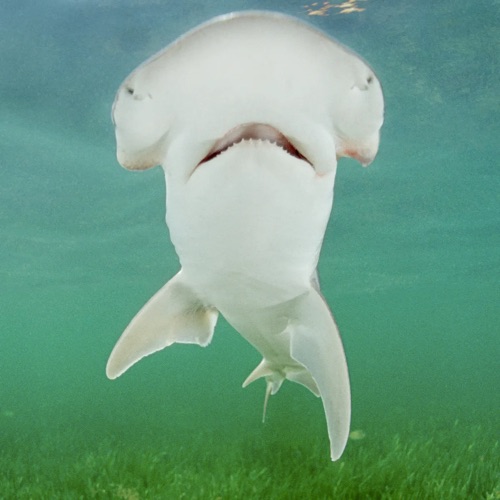
Threats
The bonnethead shark is currently classed as “least concern” by the IUCN. Despite this, it has been intensively harvested by industrial fisheries throughout its existence.
It is still a prevalent shark in the Atlantic Ocean, along the Bahamas and Mexico’s coast. However, shark populations along the coast of South America in the Pacific have experienced significant drops.

